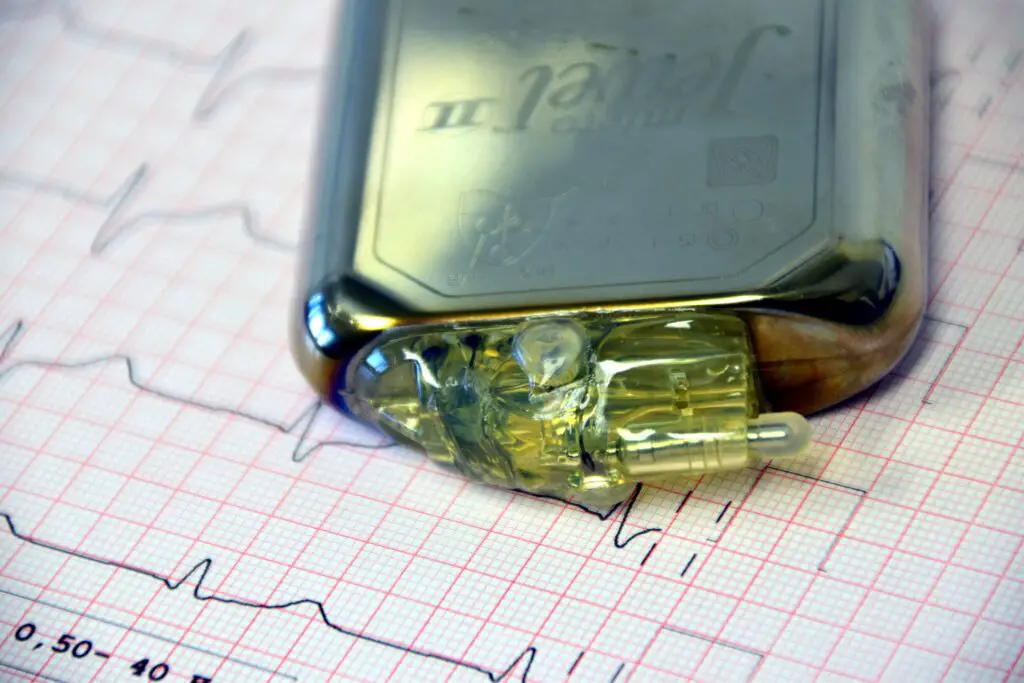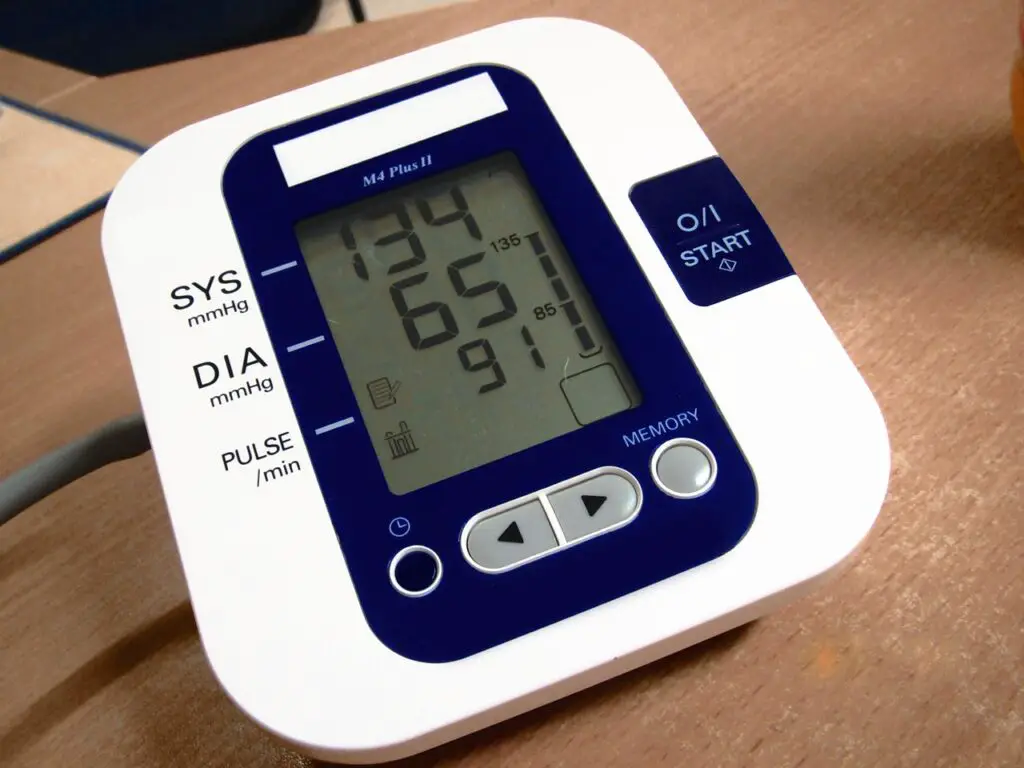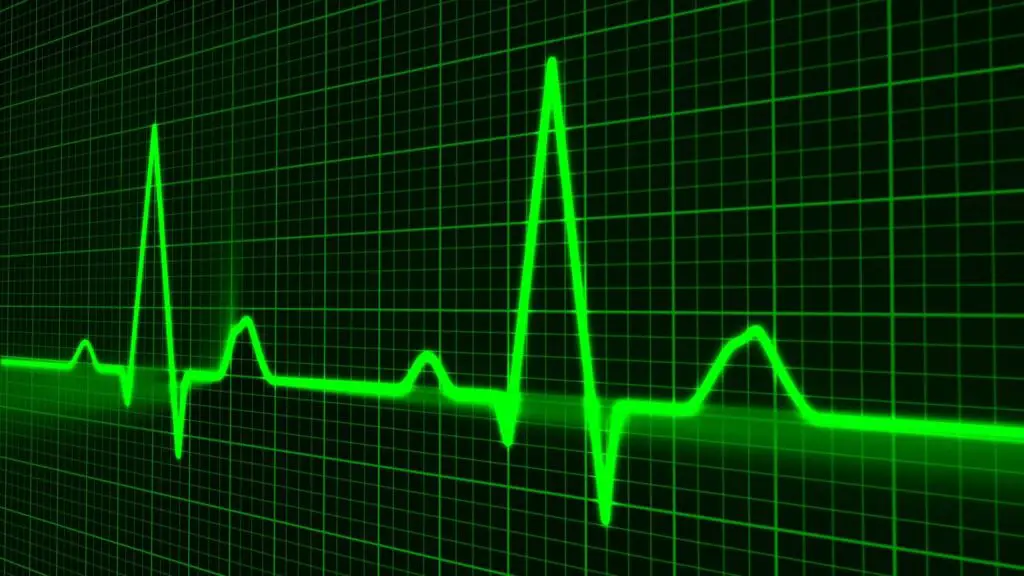Traveling with Medical Devices to the United States.
Traveling with a Medical Device.
Traveling with a medical device to the United States can be a daunting task, but with proper planning and knowledge, it doesn’t have to be overwhelming. Whether you rely on a pacemaker, insulin pump, or any other essential medical device, understanding the regulations and procedures surrounding travel with these devices is crucial for a smooth and stress-free journey.
In this article, we will delve into the guidelines set by the Transportation Security Administration (TSA), provide helpful tips for documentation and preparation, offer insights on packing and carrying your medical device safely, and address potential challenges you may face during travel. By familiarizing yourself with these essential aspects, you can ensure a hassle-free travel experience while keeping your health and well-being a top priority.
Traveling with a Medical Device.

Understanding the Importance of Planning and Preparation.
Traveling can be stressful, especially when you have the added responsibility of bringing along a medical device. But fear not, fellow adventurers! With a little bit of planning and preparation, you can navigate the challenges of traveling with your medical device to the United States with ease. So, let’s dive in and unravel the mysteries of taking your trusted healthcare companion on your next trip!
Understanding TSA Regulations for Medical Devices.

Overview of TSA Guidelines for Traveling with Medical Devices.
When it comes to traveling with a medical device, it’s crucial to familiarize yourself with the Transportation Security Administration (TSA) guidelines. These guidelines outline the rules and regulations for carrying medical devices onto airplanes. Remember, the TSA is there to ensure the safety of all passengers, so it’s essential to comply with their regulations.
Types of Medical Devices Permitted Onboard.
Good news: the TSA allows most medical devices to be carried on board without any hassle. This includes items like insulin pumps, nebulizers, CPAP machines, and even portable oxygen concentrators. However, it’s always a good idea to double-check the specific regulations for your device to avoid any surprises at the airport.
Procedures for Notifying TSA About Your Medical Device.

To make your journey smoother, it’s advisable to notify the TSA ahead of time about your medical device. You can do this by calling the TSA Cares helpline or by contacting your airline directly. Remember to provide them with accurate details about your device so they can assist you accordingly. It’s better to be safe than sorry!## 3. Important Documentation and Preparation
Gathering Necessary Medical Documents and Prescriptions.
Before embarking on your trip, gather all the necessary medical documents and prescriptions related to your device. This includes a letter from your healthcare provider outlining your condition, the purpose of your device, and the need for its use during your travels. Additionally, make sure you have copies of your prescriptions handy to avoid any issues while going through security checks.
Obtaining a Letter from Your Healthcare Provider.

A letter from your healthcare provider can be your golden ticket when it comes to traveling with a medical device. This letter should state your medical condition, explain the need for the device, and contain your healthcare provider’s contact information. Having this letter in your possession can help you navigate any potential questions or concerns raised by airport security.
Checking Insurance Coverage and Contacting Your Medical Device Manufacturer.
Before jetting off, it’s wise to check your insurance coverage and understand its limitations when it comes to traveling with a medical device. Also, get in touch with your medical device manufacturer to inquire about any specific guidelines or recommendations they may have for traveling with their devices. It’s always good to stay informed and plan!
Packing and Carrying Medical Devices Safely.
Choosing the Appropriate Travel Case or Bag.
When it comes to packing your medical device, be sure to choose a suitable travel case or bag. Opt for one that is durable, secure, and specifically designed to protect your device. Look for padded compartments that will keep your device safe from any potential bumps or jolts during your journey. Your medical device will be in good hands with the right travel case.
Securing and Organizing Your Medical Device and Related Accessories.
To avoid any last-minute hassle, take the time to securely store and organize your medical device and its accompanying accessories. Keep everything well-organized within your travel case, making it easier to access when needed. This will not only ensure the safety of your device but also save you from rummaging through a chaotic mess when you need it most.

Labeling and Identifying Your Medical Device for Easy Identification.
In the hustle and bustle of travel, it’s important to label and identify your medical device. Attach a tag or label with your name, contact information, and a brief device description to make it easily identifiable. This will help airport staff understand the purpose of your device and prevent any unnecessary confusion or delays.
With these tips in mind, you’ll be well-prepared to embark on your next adventure with your trusty medical device by your side. So, pack your bags, plan your itinerary, and get ready to explore the incredible sights the United States has to offer, all while keeping your health in check! Bon voyage!
Navigating Security Screening Procedures.
Understanding the security screening process for medical devices.
Before embarking on your journey, it’s essential to acquaint yourself with the security screening procedures for traveling with a medical device to the United States. Transportation Security Administration (TSA) guidelines state that medical devices are allowed in carry-on bags, but they may need to undergo additional screening.
Preparing for security checks and possible additional screening.
To make the security screening process smoother, there are a few steps you can take. Arrive at the airport early to allow ample time for security checks and be prepared to remove your medical device from its carrying case for X-ray screening. Consider notifying the TSA officer about your medical device beforehand to avoid any confusion or delays.
Communicating with TSA officers about your medical device.
When interacting with TSA officers, it’s important to remain calm and communicate openly about your medical device. Explain the nature of the device and any specific handling requirements it may have. Remember, the officers are there to ensure safety while also accommodating your needs. A friendly and patient attitude can go a long way in making the experience more pleasant for everyone involved.
Dealing with Potential Challenges during Travel.
Handling unexpected delays or flight cancellations.
Nobody likes unexpected travel disruptions, but they can be especially worrisome when you have a medical device to consider. Stay informed about potential flight delays or cancellations by signing up for airline alerts. If you encounter any issues, approach the airline staff for assistance. They are generally willing to work with you to find suitable alternatives or accommodations.
Addressing concerns about X-ray machines and other security equipment.
It’s natural to have concerns about the impact of X-ray machines and other security equipment on your medical device. Rest assured that most devices are designed to withstand these screenings without any harm. However, if you prefer an alternative screening method, you can request a manual inspection of your device, which may take a little more time but ensures its safety.
Resolving issues with damaged or malfunctioning medical devices.
While we hope this never happens, sometimes a medical device can get damaged or malfunction during travel. In such cases, stay calm and approach the nearest airport staff or your airline’s customer service counter for assistance. They will guide you on the necessary steps to repair or replace your device to ensure your health and well-being during your trip.
Ensuring a Smooth Travel Experience with a Medical Device.
Planning for accommodations and special assistance.
When traveling with a medical device, it’s crucial to plan to ensure a smooth travel experience. Research your chosen accommodations to ensure they can accommodate your needs and any special requirements related to your device. Booking accessible rooms or requesting additional assistance in advance can make your stay more comfortable.
Contacting airlines or transportation services for specific requirements.
If you have specific requirements related to your medical device during transport, it’s advisable to contact your airline or transportation service provider ahead of time. They can provide guidance on how to best prepare for the journey and any additional documentation or precautions you may need to take. Clear communication will help you avoid any last-minute surprises.
Utilizing resources and support available for travelers with medical devices.
Fortunately, there are various resources and support available to travelers with medical devices. From online guides provided by the TSA to helplines specifically dedicated to answering travelers’ questions, take advantage of these resources to stay informed and navigate the process with ease. Additionally, reach out to support groups or organizations related to your specific medical condition for additional guidance and assistance.
Helpful Tips and Resources for Traveling with a Medical Device.
Guidelines for international travel with medical devices.
If you’re planning to travel outside the United States, be sure to familiarize yourself with the guidelines for international travel with medical devices. Different countries may have specific regulations, so it’s important to stay updated to avoid any complications during your trip. Check with the relevant embassy or consulate for the latest information.
Commonly asked questions and expert advice.
When it comes to traveling with a medical device, it’s common to have questions and concerns. Luckily, some experts have dealt with similar situations and can provide valuable advice. Look for online forums, blogs, or articles that address commonly asked questions and offer expert insights. Their experiences and knowledge can help you better prepare for your journey.
Online communities and forums for sharing experiences and tips.
Lastly, don’t underestimate the power of online communities and forums. Joining platforms where individuals share their experiences and tips can be invaluable. Engaging with others who have traveled with medical devices can provide practical advice, emotional support, and a sense of camaraderie. Plus, you might make new friends who understand the unique challenges you face.
Remember, traveling with a medical device may require a little extra planning and preparation, but it shouldn’t hinder your wanderlust. With a positive mindset and the right resources, you can enjoy exploring new places while taking care of your health. In conclusion, traveling with a medical device to the United States requires careful planning and preparation.
By understanding TSA regulations, gathering the necessary documentation, and packing your device securely, you can navigate security screening procedures with ease. It is also important to be prepared for potential challenges that may arise, such as flight delays or malfunctioning devices. However, with proper precautions and utilizing available resources, you can ensure a smooth travel experience. Remember to stay informed, communicate with TSA officers, and take advantage of support networks for travelers with medical devices. By following these guidelines, you can embark on your journey confidently, knowing that your health needs are taken care of. Safe travels!
FAQ
Can I bring my medical device in my carry-on bag?
Yes, medical devices are allowed in carry-on bags. It is recommended to keep your device easily accessible during security screening. Notify the TSA officer about your device and any additional accessories you may have.
Are there any restrictions on the type of medical devices that can be brought on board?
Generally, there are no specific restrictions on the types of medical devices that can be brought on board. However, it is advisable to check with your airline and the TSA for any specific guidelines or requirements related to your particular device.
Do I need to inform the TSA in advance about my medical device?
While it is not required to notify the TSA in advance about your medical device, it is recommended to contact them directly or check their official website for any specific instructions or to address any concerns you may have before your travel date.
What should I do if my medical device gets damaged during the security screening process?
If your medical device gets damaged during security screening, immediately notify a TSA officer or a supervisor. They will guide you on the appropriate steps to take, which may include filing a claim or seeking assistance from the airline or medical device manufacturer. It is essential to carry contact information for your device manufacturer and insurance provider to address such situations promptly.





One Comment
TinyURL
Hey, I’m Jack. Your blog is a game-changer! The content is insightful, well-researched, and always relevant. Great job!